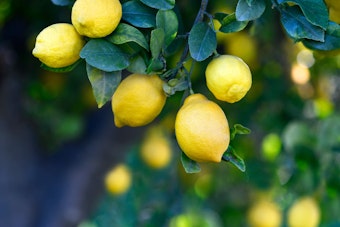 Be Inspired Blog - Arizona
Be Inspired Blog - Arizona
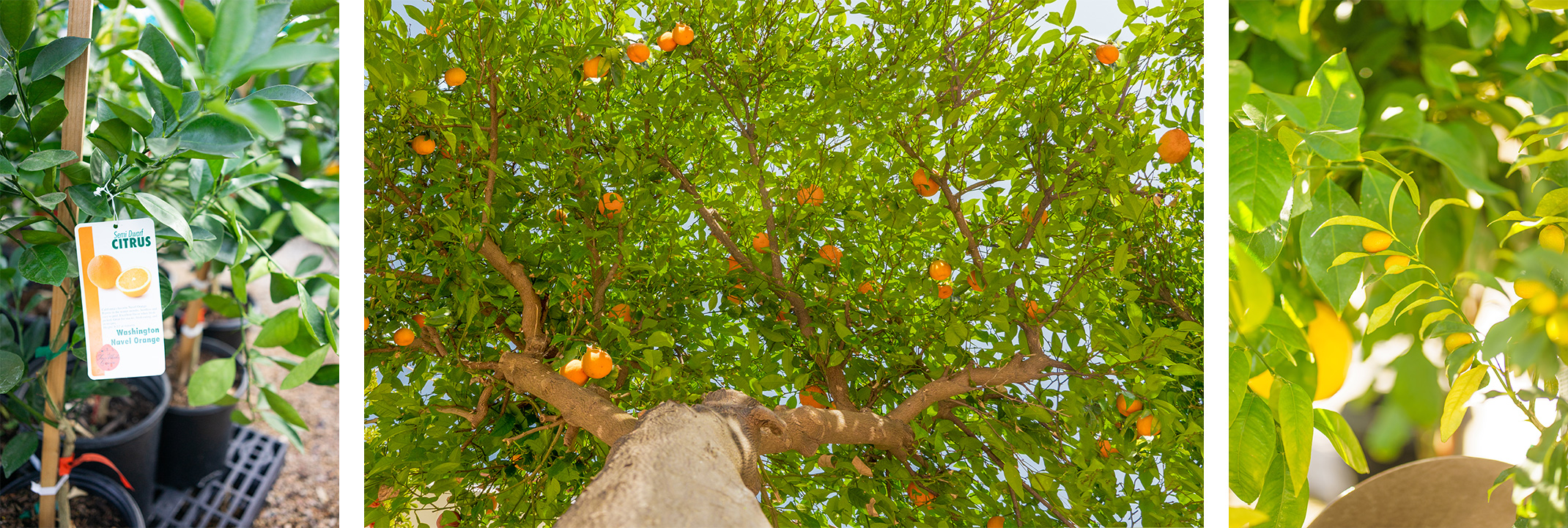
Semi-Dwarf vs. Standard Fruit Trees: Which is Best for Your Garden?
Curious about the difference between semi-dwarf fruit trees and standard fruit trees?
Semi-dwarf fruit trees and standard fruit trees differ primarily in their size, growth habits, and the resulting fruit production. Keep reading to learn the key differences between the two.
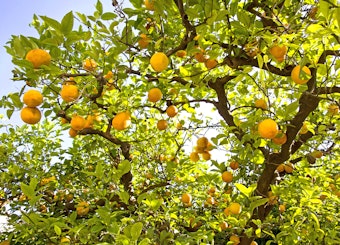 Size Makes a Difference
Size Makes a Difference
Standard Fruit Trees
Standard fruit trees are typically larger in size, reaching their full height potential, which can range from 15 to 30 feet or even taller, depending on the variety and environmental conditions. They have a naturally vigorous growth habit.
Semi-Dwarf Fruit Trees
Semi-dwarf fruit trees are smaller than standard trees but larger than dwarf fruit trees. They usually reach a height of about 8 to 15 feet when fully mature, making them more manageable for home gardeners.
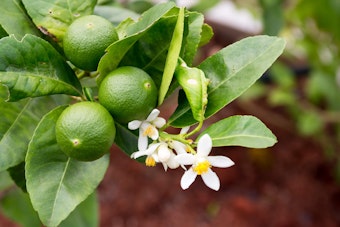 Growth Habits
Growth Habits
Standard Fruit Trees
Standard fruit trees have a more upright and vigorous growth habit, which can make them challenging to prune and maintain at a manageable size.
Semi-Dwarf Fruit Trees
Semi-dwarf fruit trees have a more compact growth habit compared to standard trees, but they are still more robust and upright than dwarf fruit trees. They strike a balance between manageable size and fruit production.
Fruit Production
Standard Fruit Trees
Standard fruit trees tend to produce larger quantities of fruit because of their larger size and more extensive root systems. However, they may take longer to start bearing fruit after planting.
Semi-Dwarf Fruit Trees
Semi-dwarf fruit trees also produce a good amount of fruit but usually less than standard trees. They often start bearing fruit sooner than standard trees because they reach maturity faster due to their smaller size.
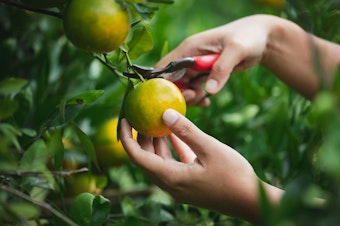 Maintenance
Maintenance
Standard Fruit Trees
Standard trees require more space and effort to prune, manage, and harvest due to their size. They may also need more extensive support systems, such as trellises or stakes.
Semi-Dwarf Fruit Trees
Semi-dwarf trees are easier to maintain, as they are more compact and reachable. Pruning, harvesting, and overall care are more manageable for home gardeners.
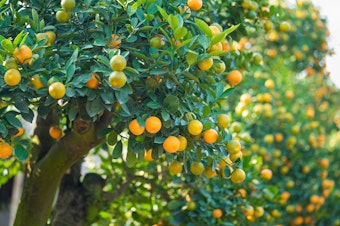 Soil & Water Requirements
Soil & Water Requirements
Standard Fruit Trees
Standard trees generally have larger root systems that require more space and access to water and nutrients in the soil.
Semi-Dwarf Fruit Trees
Semi-dwarf trees have smaller root systems and can adapt well to a wider range of soil conditions. They may need slightly less water and nutrients compared to standard trees.
Choosing between semi-dwarf and standard fruit trees depends on factors like available space, desired fruit quantity, ease of maintenance, and your gardening goals. Semi-dwarf trees are often a popular choice for home gardeners because they offer a balance between manageable size and good fruit production. Standard trees are more suitable for larger orchards or commercial fruit production where space is not a constraint.
Still have questions? Speak with one of our Trusted Garden Advisors at your local SummerWinds!

